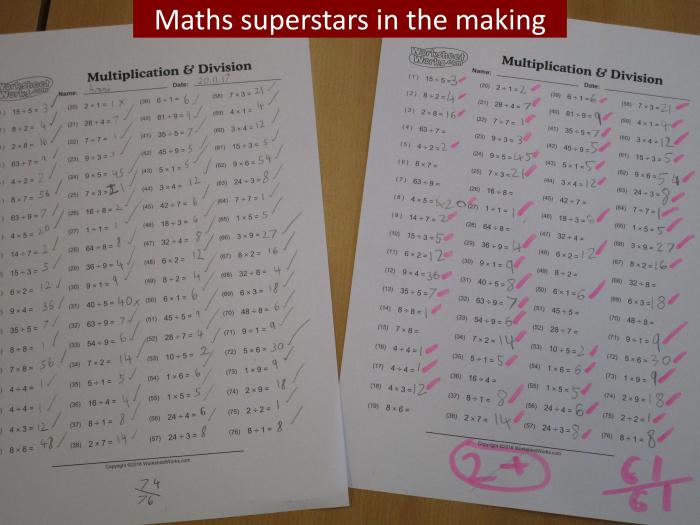
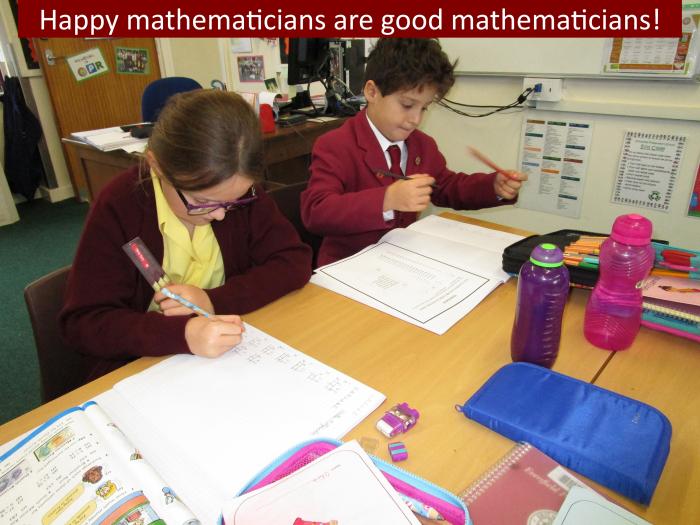
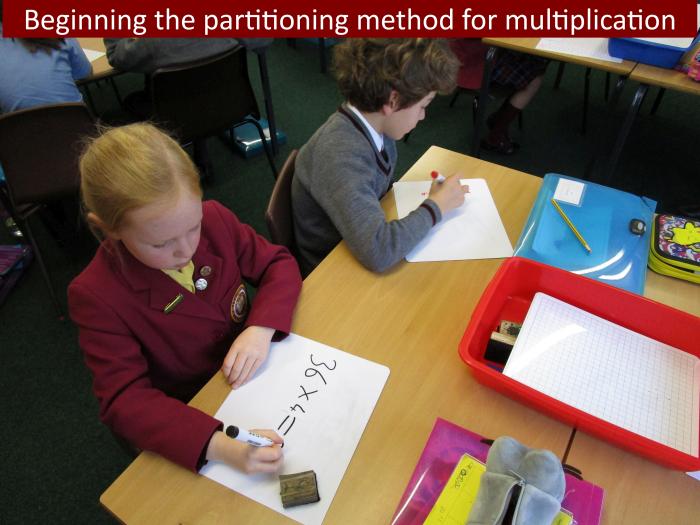
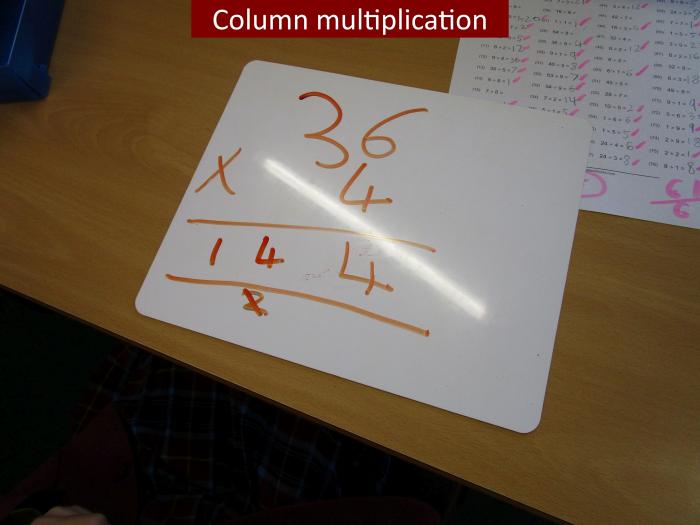
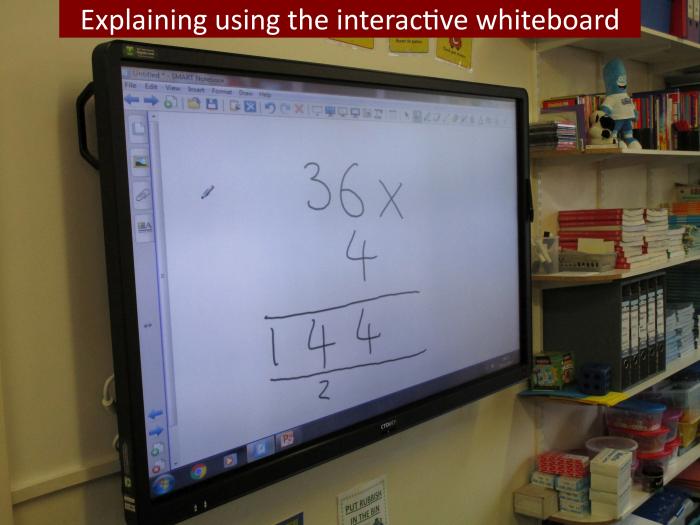
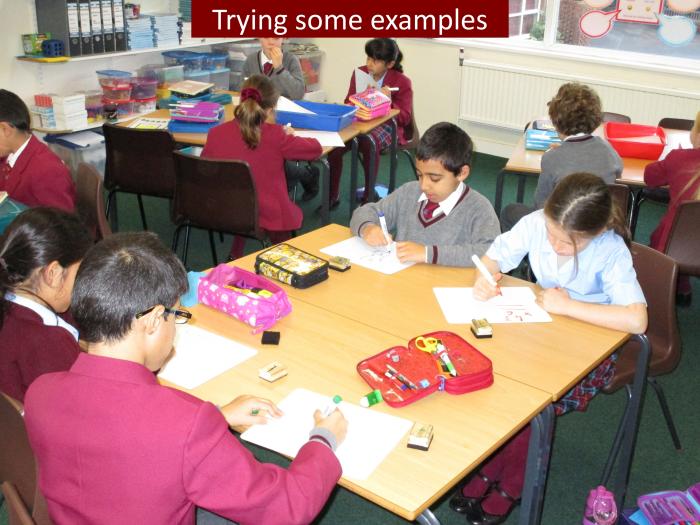
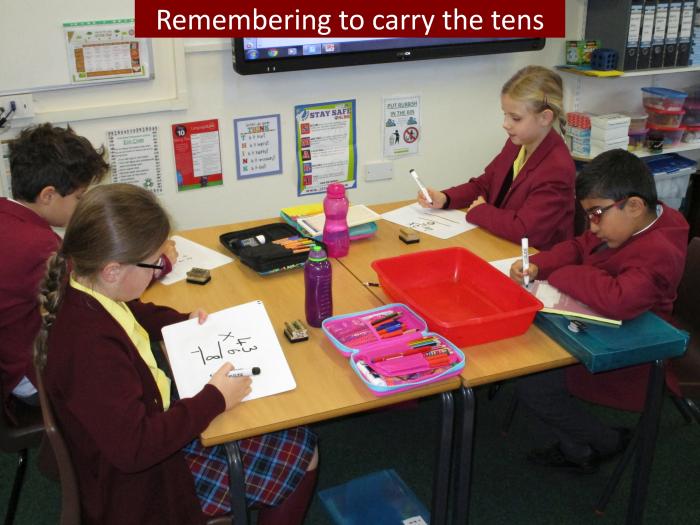
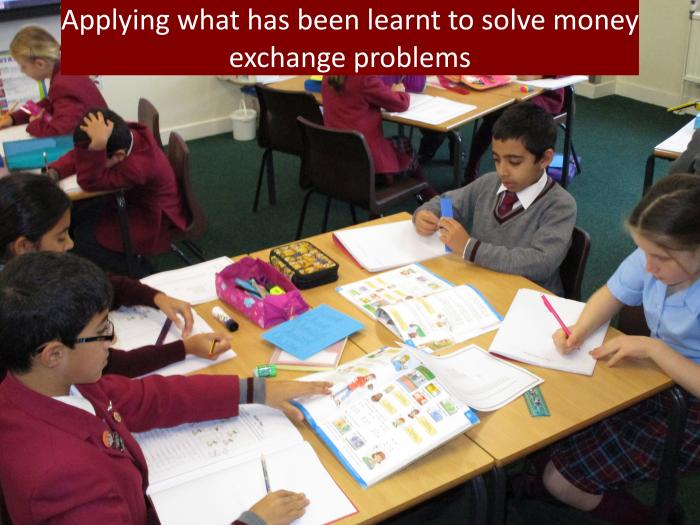
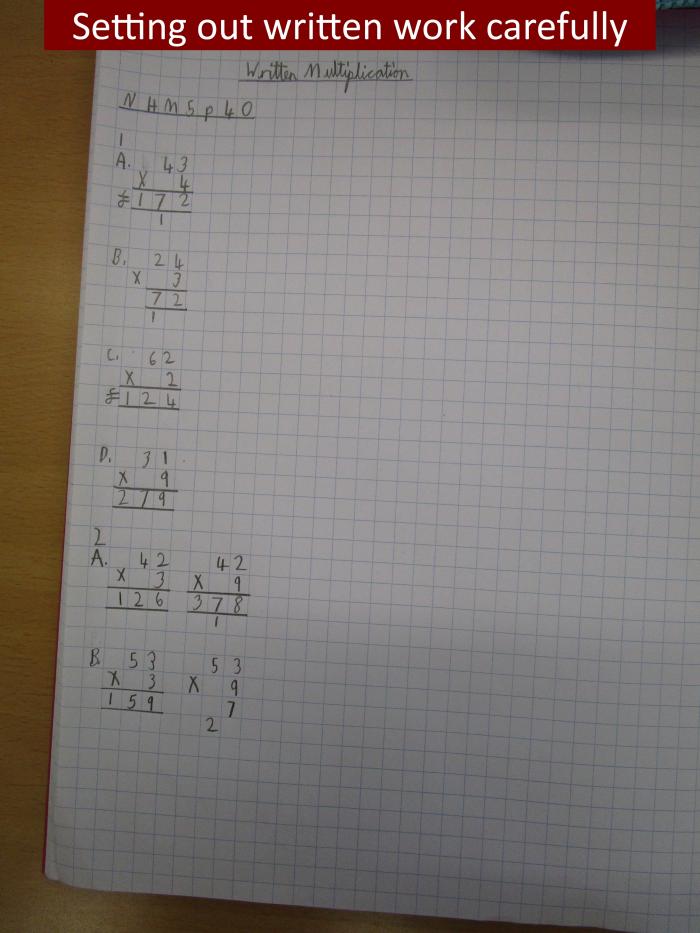
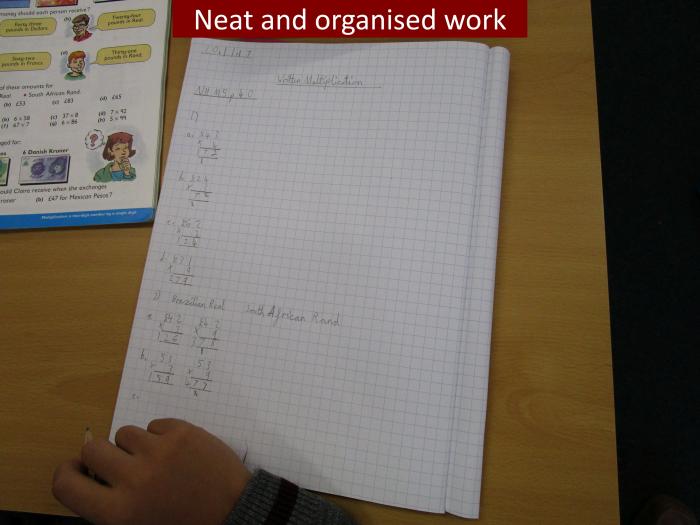
Marvellous Multiplication
It’s multiplication week in Form 4, and Mr Robbins’ group have been honing their skills with written calculation methods.
As always in a Mathematics lesson, the session kicked off with some quick fire questions. The children are working towards Gold Level in the Maths Superstars booklet, and took the opportunity to practise their instant recall of multiplication and division facts in readiness for an impending test. They are all well aware that regular practice of these facts will not only speed up their progress through the booklet, but will make Mathematics easier and more enjoyable in the classroom, too.
Of course, multiplication is a key skill within the curriculum, and all year groups revisit it regularly. Today Mr Robbins started by writing the calculation 36 x 4 on the board and asking the class to show him a way in which they could solve it. Some children opted for the partitioning method, multiplying first the tens and then the units, and combining the two answers:
36 x 4
30 x 4 = 120
6 x 4 = 24
120 + 24 = 144
This is a perfectly valid method and it is a particularly effective way to approach the calculation if you are attempting it in your head.
However, the focus for today was on what we would describe as the formal written method, and Olivia explained it clearly for everyone on the whiteboard. It is important to remember that, with this method, you need to start with the units, and not to forget to add on the tens that have been carried when you move to the next phase of the calculation. Giving children the chance to be the teacher for a few minutes is helpful as it provides them with a chance to clarify their thoughts and, hopefully, those of their classmates.
Everyone was pleased to try some examples on mini whiteboards, where an error can more easily be rectified. The children soon grasped the method, and Mr Robbins found that, where mistakes occurred, it tended to be as a result of times table errors and, inevitably, tens that were left behind when they should have been carried. Hermione and Chloe were delighted to discover that they had become much quicker at written multiplication, a success that they attributed to their hard work in learning their multiplication tables.
Finally, it was time to record some multiplications in the exercise books. A great deal of care is taken over presentation. Calculations must never be squashed, with one digit occupying each square, so that children’s working, and thus their thought processes, can clearly be seen. The task was to apply multiplication knowledge to solve a series of currency exchange problems, which should prove very useful when they travel abroad.
Mr Robbins was delighted with the focus shown by the pupils and, in turn, they were very pleased with their achievements. By the end of the lesson, Caiden said he was more confident about dealing with larger numbers, and was clearer on the order in which he should work through the process. Maia was happy to find that she had sufficient time to tackle even the calculations that initially stumped her. Everyone thought that the best thing about the lesson was that Mr Robbins always makes learning fun!
Now the children are ready to test their knowledge and understanding of multiplication when working with larger numbers and solving problems.